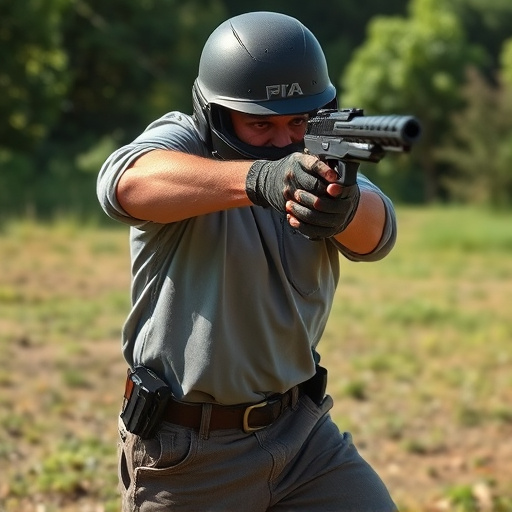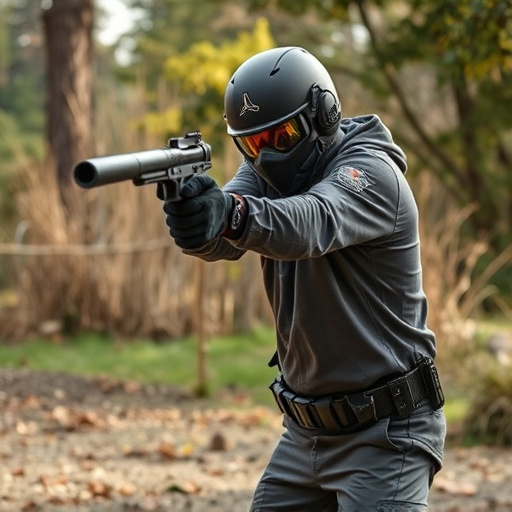How Electrical Current Flows in Stun Devices: Guide for Night Security
Understanding electrical current is key to harnessing the power of stun devices, especially the best…….
Understanding electrical current is key to harnessing the power of stun devices, especially the best stun guns for night security. These weapons use high-voltage, low-amperage pulses to disrupt muscle and nerve function in assailants, causing temporary incapacitation. The precise balance of voltage and amperage ensures maximum effectiveness while minimizing harm to users and bystanders, making them ideal tools for personal safety during low-light or night security situations.
Electrical current is the lifeblood of stun devices, dictating their effectiveness in neutralizing threats. This article delves into the science behind electrical current flow, exploring how alternating current (AC) and direct current (DC) differ and impact performance. We’ll dissect critical factors like voltage, amperage, and safety features that determine the best stun guns for night security. Understanding these elements ensures users can make informed choices, prioritizing both effectiveness and user protection in low-light scenarios.
- Understanding Electrical Current in Stun Devices
- – Definition of electrical current and its role in stun devices
Understanding Electrical Current in Stun Devices

Understanding the flow of electrical current is a critical aspect when discussing stun devices, including the best stun guns for night security. Stun weapons use electricity as their primary means of incapacitating an assailant, so knowing how this current works is essential. The current that flows through a stun gun creates an electric field that disrupts the normal functioning of muscles and nerves, leading to temporary paralysis and pain.
This electrical energy is delivered through a series of components, including electrodes and circuits designed to conduct and control the current. When activated, the stun device generates a high-voltage, low-amperage pulse, which is then transferred to the target area via the electrodes. This precise balance ensures maximum impact while minimizing any potential harm to the user, making it an effective tool for personal safety, especially in low-light or night security scenarios.
– Definition of electrical current and its role in stun devices

Electrical current is the flow of electrons, a fundamental component of all electrical devices. In stun devices, specifically best stun guns for night security, it plays a critical role in delivering a powerful shock to incapacitate an assailant temporarily. When activated, these weapons generate a high-voltage, low-amperage electric current that disrupts the body’s natural electrical signals, causing muscle spasms and loss of control.
The current flows through electrodes, usually located at the end of the stun gun, which make contact with the target. This direct electrical stimulation overrides the body’s normal sensory input, resulting in intense pain and a significant drop in the assailant’s strength and coordination. The efficient design of top-tier stun guns ensures precise control over current flow, maximizing impact while minimizing harm to bystanders or the user.
Stun devices, often considered as effective personal defense tools, rely on a well-regulated flow of electrical current to deliver a powerful yet safe shock. Understanding this current, specifically in top-rated stun guns designed for enhanced night security, is key to ensuring their reliability and safety. The best stun guns for night security not only utilize high amp outputs but also employ advanced technology to control current flow, providing users with a strong deterrent without causing severe harm. This balance between power and safety makes them valuable assets in personal protection during low-light or no-light conditions.


